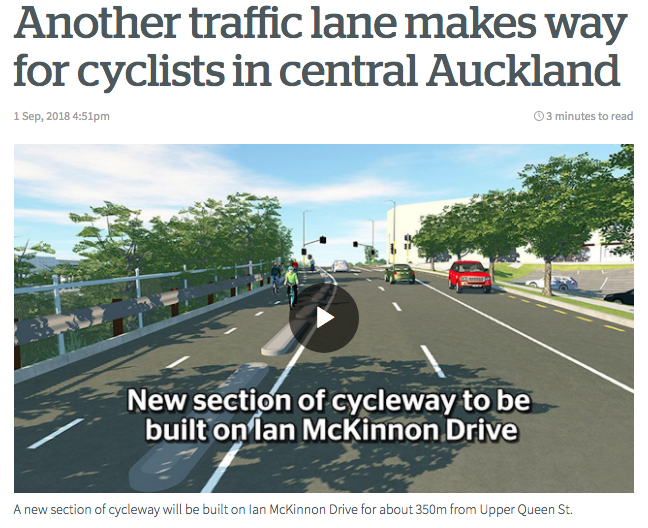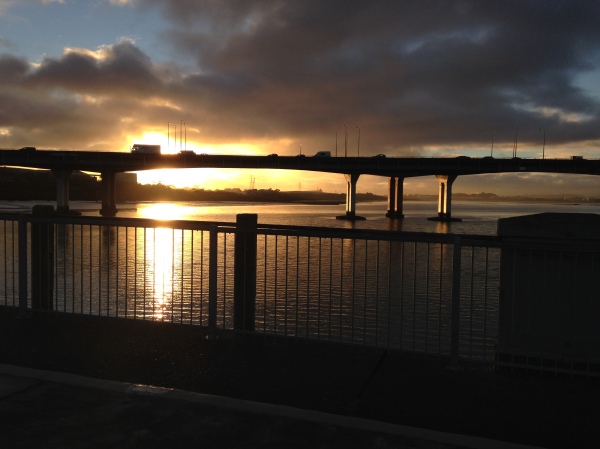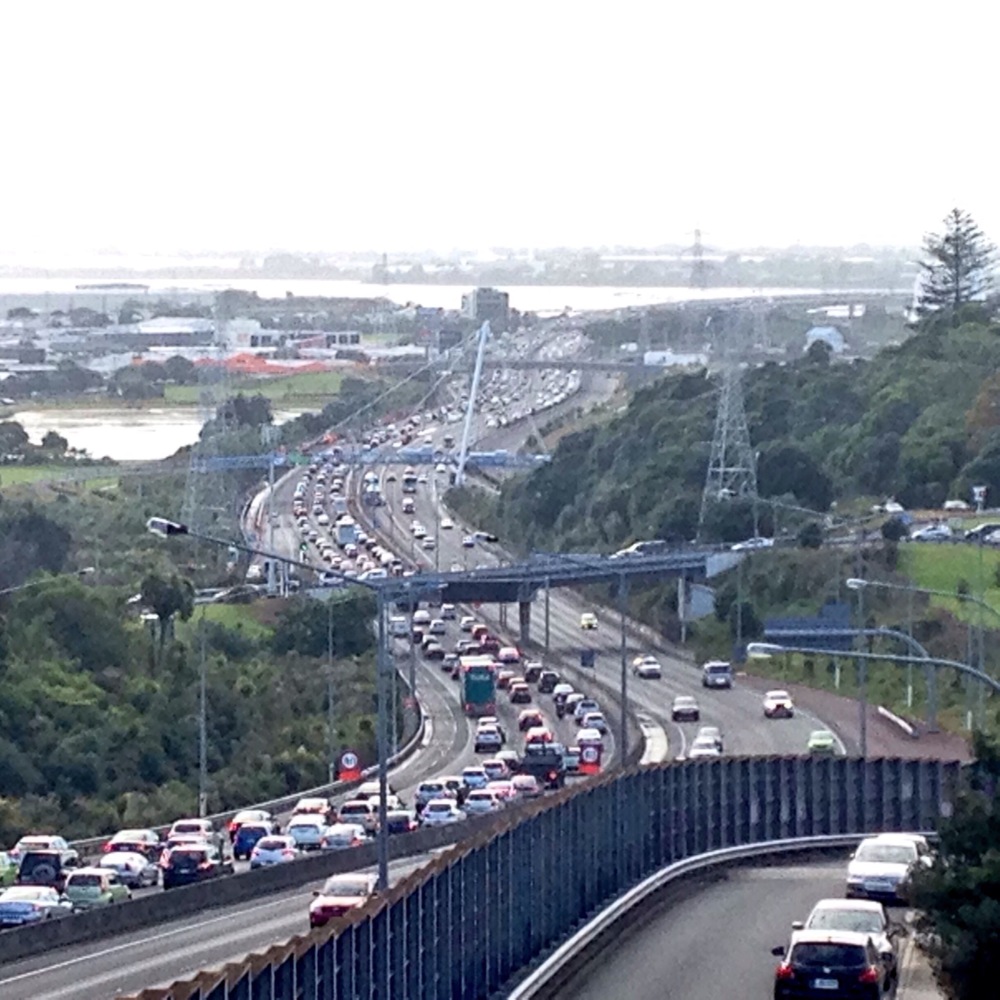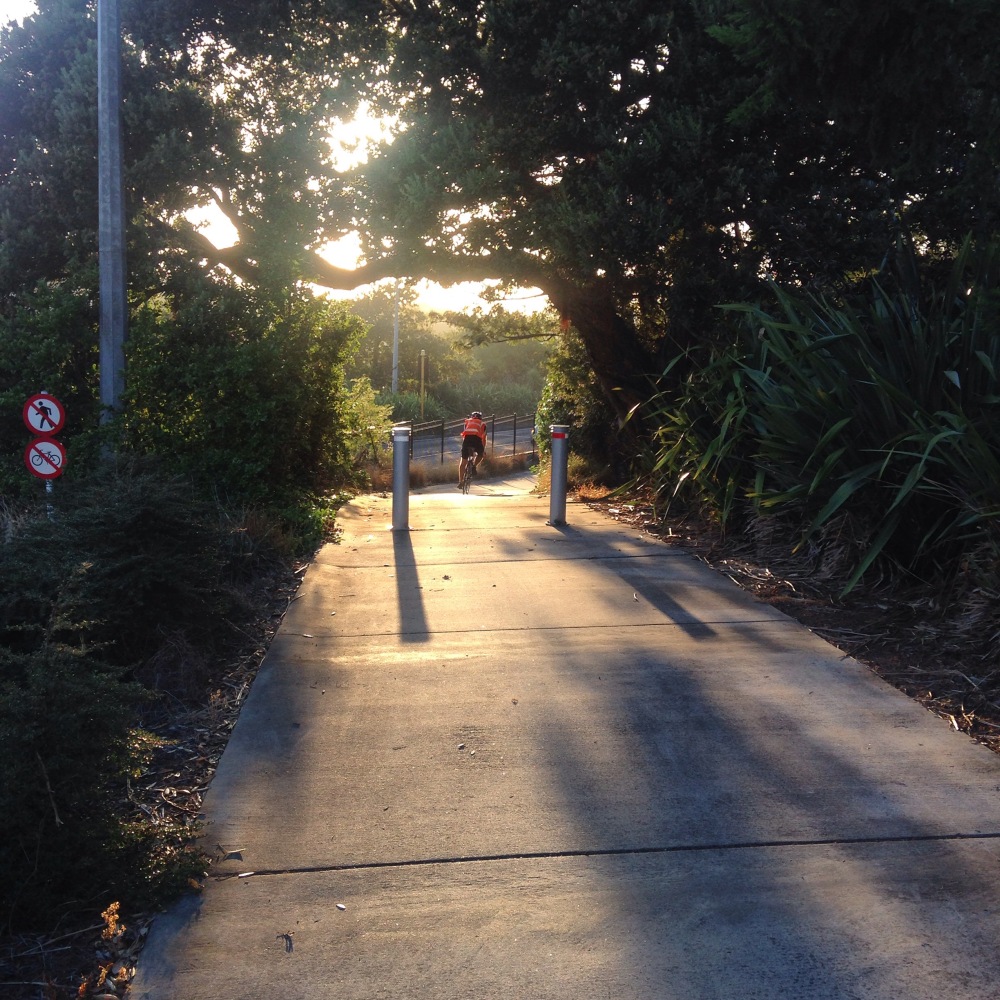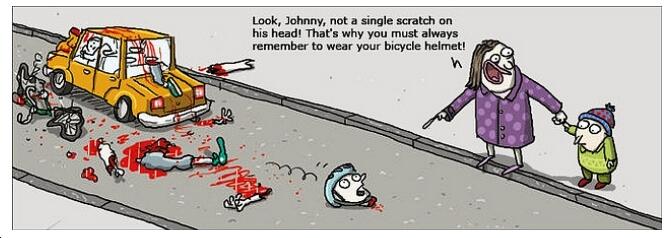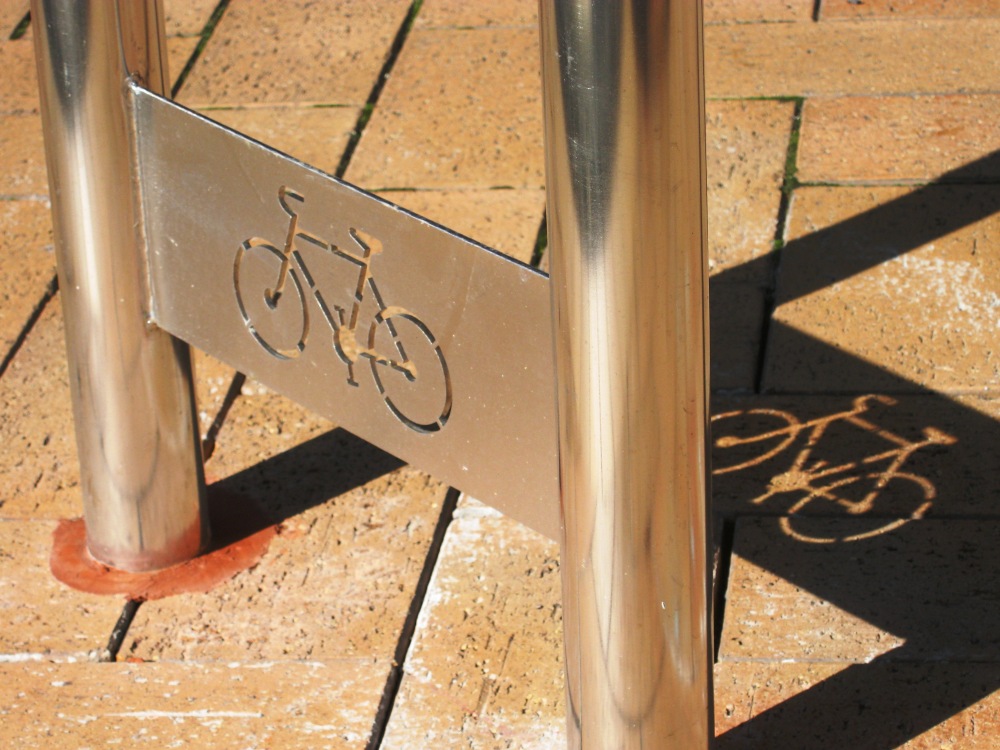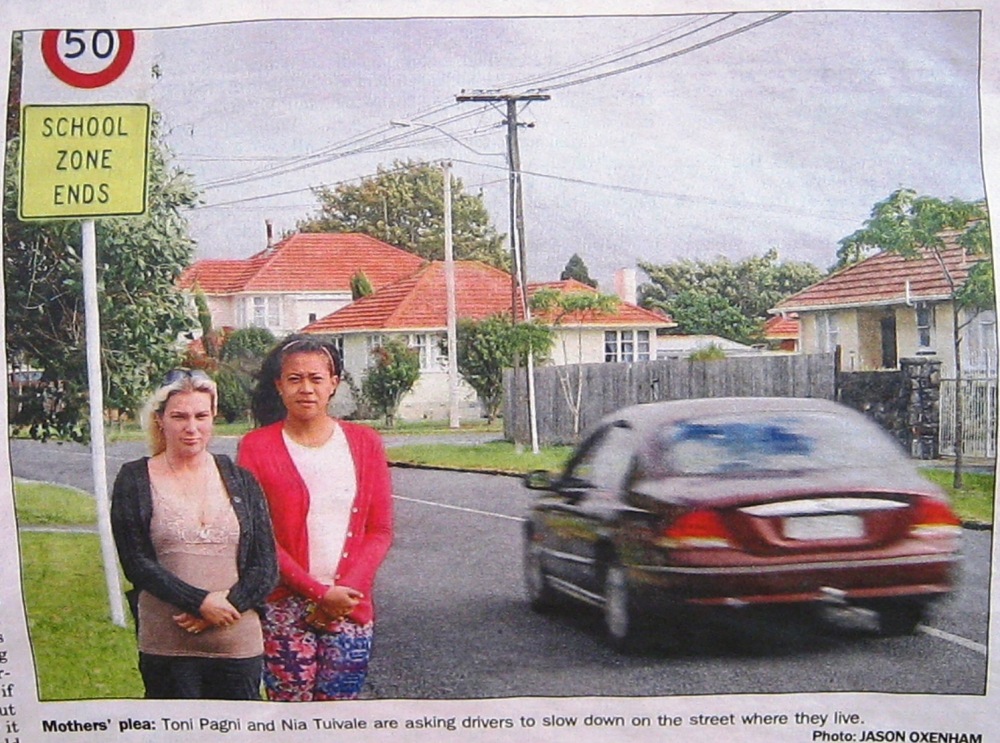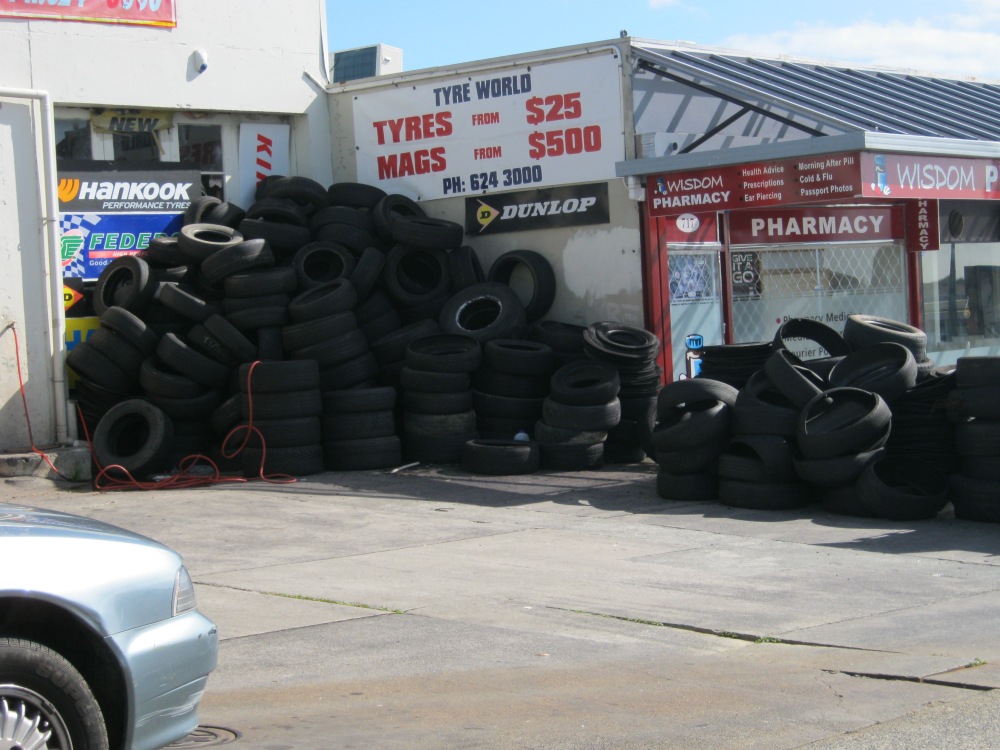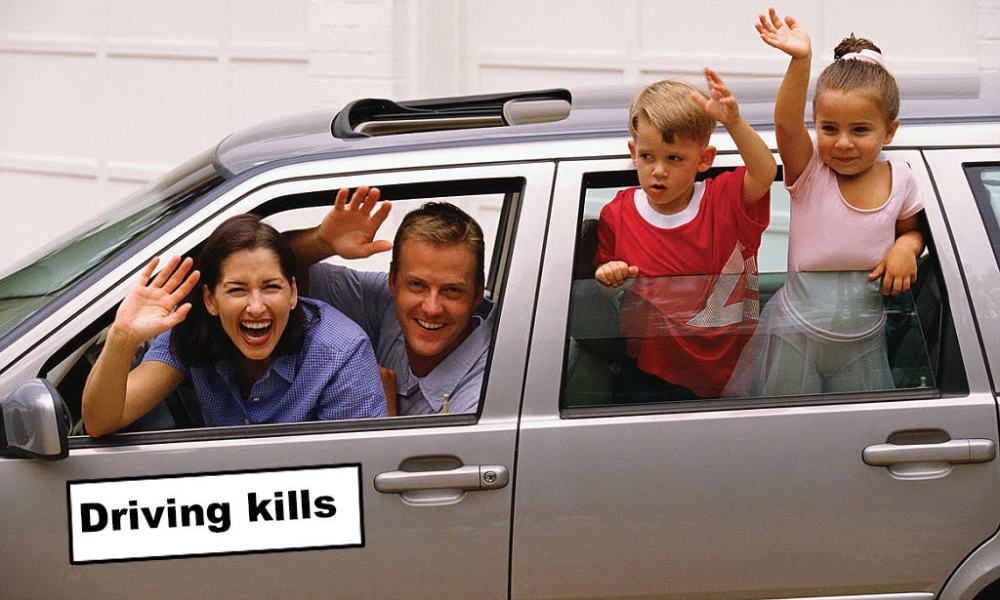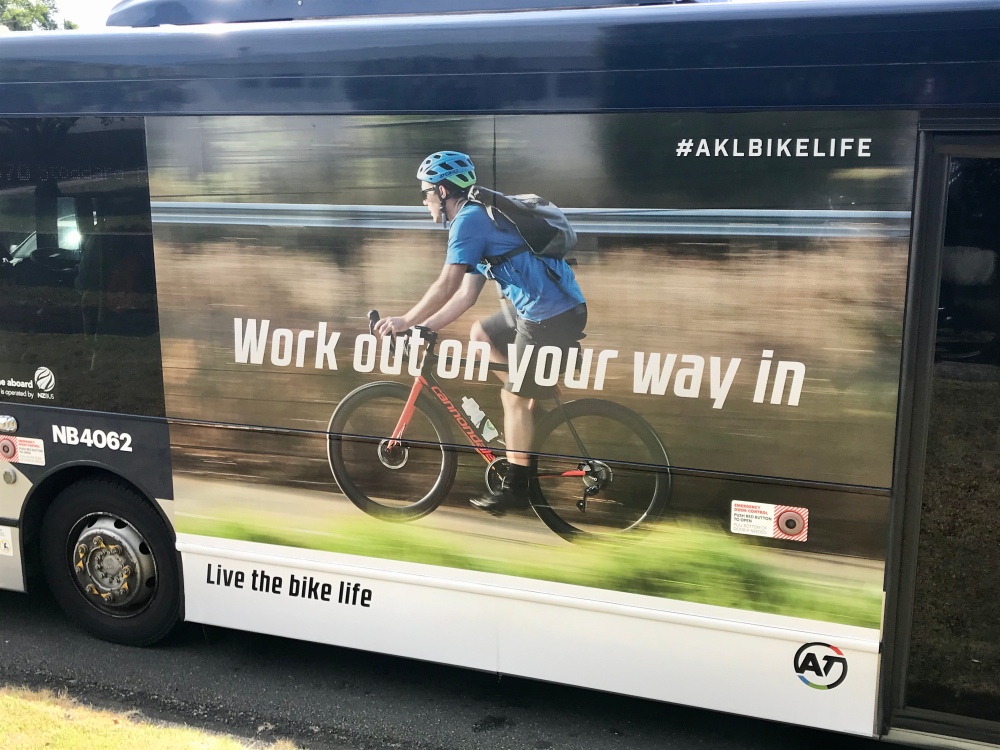
A critique of how to promote cycling, not of how you choose to ride.
I captured this image on a bus on an Auckland suburban street. I didn’t like it. It got me thinking about why. Here are some thoughts as to why.
1. Promotion, marketing, and branding matter if you want to sell products, services, ideas. I will assume there is no argument with that statement.
2. Is it also safe to assume that this promotion (refer image above) is intended to get people of Auckland switching car trips for bike trips?
3. The message conveyed in this promotion is “ride a bicycle to keep fit”. The imagery presented is one of speed and sports. Is there a consensus on this? Am I misreading the intent of the message, perhaps? Also, I wonder if this message is the one the creator wanted to convey?
4. Assuming that I have interpreted the purpose of the promotion (#2) and the message intended (#3) accurately, my next question is therefore, is this message (point #3) the best way of achieving the goal (point #2)?
My take:
Conveying a message of sport and speed may possibly achieve the goal of getting people to switch car trips to bike trips but it won’t be of statistically significant numbers. (Although an effective campaign/promotion should be able to quantify the impact). That’s because sport and speed on a bike is of interest to a limited number of people. But as well as not having significant reach, a promotion like this won’t help move cycling beyond its current “special interest” status that it so desperately needs.
A version of cycling that looks like a normal, everyday activity needs to be presented to the widest possible audience. The “cycling as special interest group” vacuum needs to be filled with a new narrative. This new narrative would aim to present riding a bicycle as something that is easy to do and worth investing in, even if for others and not yourself. It would highlight the possibility of doing short trips by bicycle rather than by car.
Finally, I’d like to respond to the accusations that my critique of this way of promoting cycling (as outlined above) is exclusionary and divisive. I don’t buy that argument. Rather, I am proposing that it is the focus on sports and fitness in promoting cycling that is exclusionary. That is, by focussing on sports and recreation, a large group of society are being overlooked all together. I may be wrong. But I am trying to be pragmatic and rational about how to best go about achieving the goal of getting people to switch their car trips for bike trips, as often as possible, as soon as possible. About doing what works. As I have already said, an effective marketing campaign would be able to identify the impact it is having. I have so many questions that I would like to put to the people who are running these campaigns.
Cycling’ is sport and recreation. ‘Riding a bicycle’ is everyday activity. No sweat. As easy as walking, but faster.
